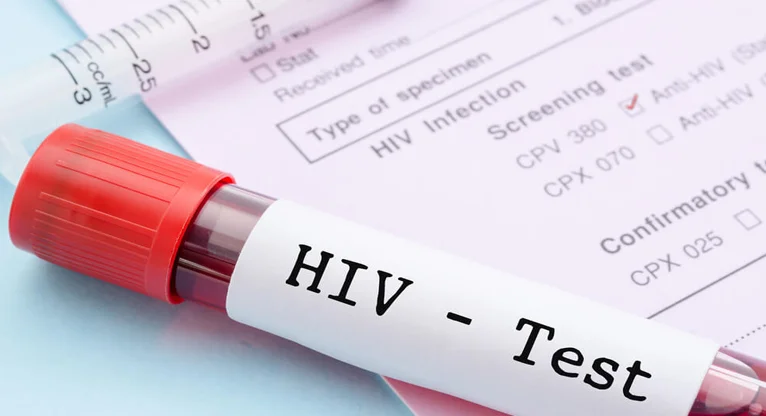What is Anti-HIV Therapy?
Anti-HIV treatment, officially known as Antiretroviral Therapy (ART), involves using medications to suppress the Human Immunodeficiency Virus (HIV) and stop the progression of the disease. These drugs work by targeting various stages of the HIV lifecycle, preventing the virus from replicating and reducing the viral load in the body. ART has transformed HIV from a fatal diagnosis to a manageable chronic condition for many people. How does ART work? It combines several antiretroviral drugs to attack the virus at different points, making it harder for HIV to develop resistance.
The World Health Organization (WHO) and health authorities like the CDC recommend that everyone diagnosed with HIV start ART as soon as possible, regardless of their CD4 count or clinical stage. Early treatment helps maintain immune function, reduces HIV-related complications, and lowers the risk of transmitting the virus to others. The dosage and combination of Anti-HIV medications are tailored to each individual based on factors like viral load, CD4 count, potential side effects, and coexisting health conditions.
Standard Dosage Guidelines for Anti-HIV Medications
1. Combination Therapy:
ART typically consists of a combination of three or more drugs from at least two different classes. Common regimens include:
-
2 NRTIs (Nucleoside Reverse Transcriptase Inhibitors) + 1 INSTI (Integrase Strand Transfer Inhibitor)
-
2 NRTIs + 1 NNRTI (Non-Nucleoside Reverse Transcriptase Inhibitor)
2. Daily Dosage:
Most Anti-HIV medications are taken once or twice daily. Adherence to the prescribed schedule is critical to maintain effective drug levels and prevent drug resistance.
3. Weight-Based Dosing:
Some medications require dosage adjustments based on body weight, particularly for children or adults at extreme weight ranges.
4. Fixed-Dose Combinations (FDCs):
Many modern ART regimens use FDCs, which combine multiple drugs into a single tablet. This simplifies treatment and improves adherence.
Table: Common Anti-HIV Medications and Standard Dosages
| Medication Class | Examples | Standard Adult Dosage | Frequency |
|---|---|---|---|
| NRTIs | Tenofovir, Emtricitabine | 300mg Tenofovir + 200mg Emtricitabine | Once daily |
| INSTIs | Dolutegravir, Raltegravir | 50mg Dolutegravir | Once daily |
| NNRTIs | Efavirenz, Rilpivirine | 600mg Efavirenz | Once daily |
| Protease Inhibitors | Darunavir, Atazanavir | 800mg Darunavir + 100mg Ritonavir | Once daily |
| Entry Inhibitors | Maraviroc | 150-600mg (dose varies) | Twice daily |
Factors Influencing Anti-HIV Dosage
1. Viral Load and CD4 Count:
-
Higher viral loads may require more aggressive treatment.
-
CD4 counts help determine immune health and guide treatment urgency.
2. Kidney and Liver Function:
-
Impaired kidney or liver function may necessitate dosage adjustments.
-
Regular monitoring through blood tests is essential.
3. Drug Interactions:
-
Anti-HIV drugs can interact with other medications, altering their effectiveness.
-
Healthcare providers must review all concurrent medications.
4. Side Effects and Tolerability:
-
Side effects like nausea, fatigue, or metabolic issues may require regimen changes.
-
Newer medications generally have fewer side effects.
5. Pregnancy and Pediatrics:
-
Pregnant women with HIV require specific regimens to prevent mother-to-child transmission.
-
Pediatric dosing is based on weight and body surface area.
The Importance of Adherence in Anti-HIV Therapy
Why is adherence crucial?
Missing doses can lead to:
-
Drug resistance: The virus may mutate and become resistant to medications.
-
Treatment failure: Resistant HIV can multiply despite therapy.
-
Limited future options: Resistance can reduce the effectiveness of other Anti-HIV drugs.
Strategies for improving adherence:
-
Using pill organizers or smartphone reminders.
-
Choosing fixed-dose combinations to reduce pill burden.
-
Regular follow-ups with healthcare providers for support and monitoring.
Frequently Asked Questions (FAQ)
1. What is the cost of Anti-HIV treatment?
-
Costs vary by region and healthcare system. Many countries provide ART free or at subsidized rates through public health programs.
2. When should I start Anti-HIV treatment?
-
Start as soon as possible after diagnosis, regardless of CD4 count, to achieve the best health outcomes.
3. Who should not take certain Anti-HIV medications?
-
People with severe kidney or liver impairment, specific genetic markers, or allergies to drug components may need alternative regimens.
4. About how long does it take for ART to work?
-
Most people see a significant reduction in viral load within 3-6 months of starting treatment.
5. How do I know if my treatment is working?
-
Regular blood tests measure viral load and CD4 counts. An undetectable viral load (usually <50 copies/mL) indicates successful treatment.
Keywords: Anti-HIV, ART, HIV, Viral Load, CD4 Count, Medication, Dosage, Adherence, Drug Resistance, Virus, Treatment, Healthcare, Immunology, Pharmacology
Tags: #AntiHIV #HIVTreatment #ART #Medication #Healthcare #ViralLoad #Immunology #Pharmacology #Virus #MedicalScience

